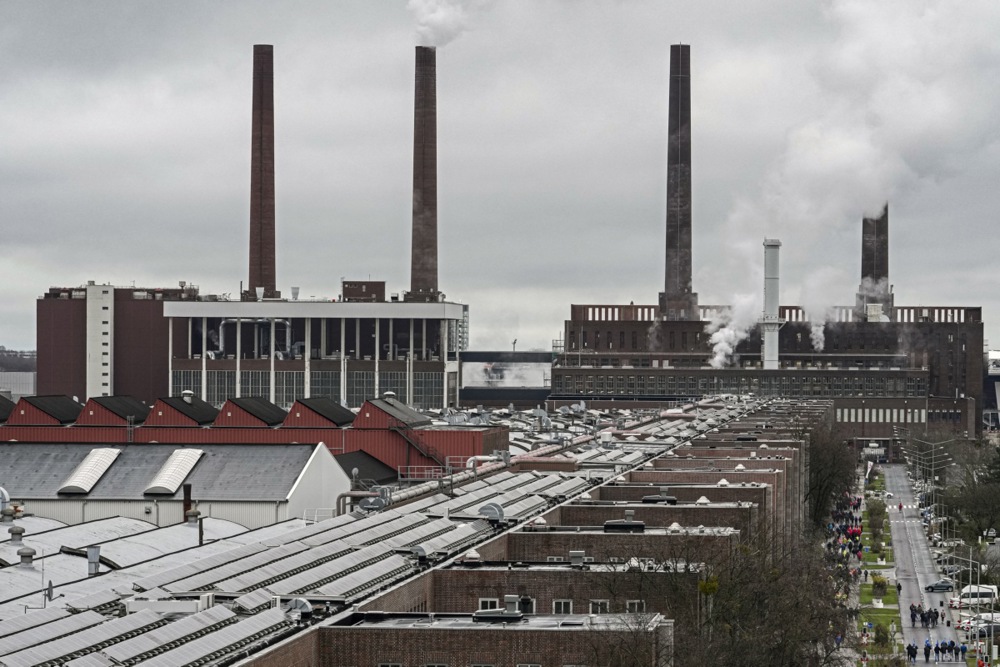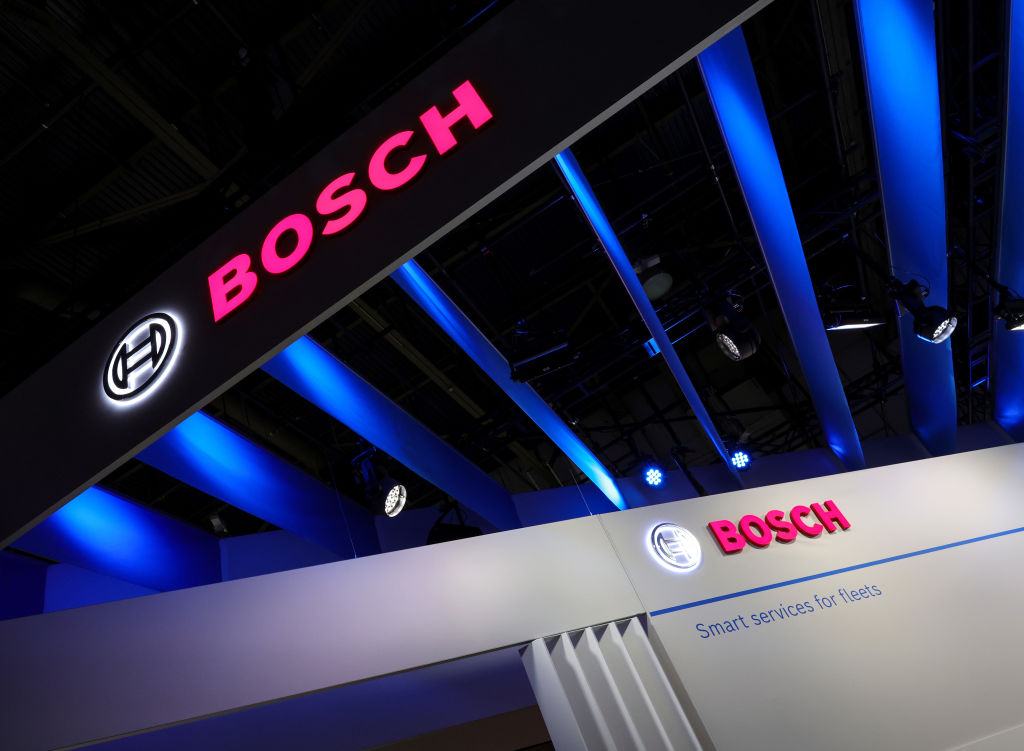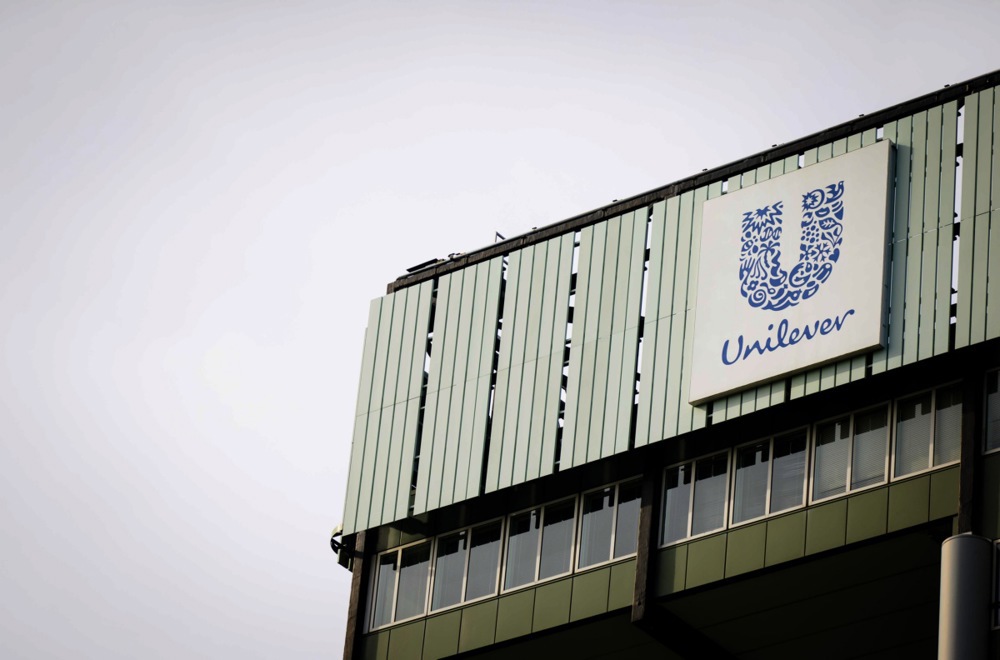ABN Amro, the State-backed Dutch lender, has unveiled plans to slash 5,200 full-time positions – nearly a quarter of its workforce – by 2028.
The move comes as part of a radical restructuring aimed at harnessing artificial intelligence (AI) to streamline operations and sharpen profitability.
The announcement, made ahead of the bank’s capital markets day, was by new chief executive Marguerite Bérard, who took the helm in April as the first woman to lead the institution.
With 22,000 full-time staff at the end of 2024 – plus 3,670 contractors – the cuts represent a net reduction of about 24 per cent, although the bank has already trimmed more than 1,000 roles this year.
Bérard framed the move as essential to “right-size” the lender’s cost base, declaring: “We know that more must be done to enhance our returns and competitiveness.”
She said she wants to make ABN Amro a top-five player in private lending, banking for the wealthy.
The strategy targets a return on equity of at least 12 per cent and a cost-to-income ratio below 55 per cent by 2028, up from current levels lagging behind European peers.
AI lies at the heart of the transformation, with executives arguing that the technology can now handle routine tasks in back-office functions, freeing human workers for higher-value roles.
Bérard highlighted how AI would enable “deliberate decisions” in areas such as customer service, operations and anti-money laundering checks, where the number of current positions could shrink by up to 35 per cent.
“Artificial intelligence is increasingly capable of performing tasks currently handled by staff,” she said, echoing a broader trend in Dutch banking. Rivals, including ASN Bank on November 14, have disclosed similar 25 per cent workforce reductions to save €80 million annually through automation.
The overhaul extends beyond cuts: ABN Amro is pivoting towards sustainable growth in northwest Europe, with recent acquisitions of Germany’s Hauck Aufhäuser Lampe for wealth management and The Hague’s NIBC for €960 million to bolster its mortgage and private banking arms.
These deals, the bank’s largest since its 2015 re-listing, aim to yield an 18 per cent return on capital by 2029.
To fund expansion, the lender is offloading non-core assets, including its personal loan unit Alfam to Rabobank. That is expected to boost its Common Equity Tier 1 ratio by 5 basis points despite a €100 million book loss – and trim €10 billion in risk-weighted assets from corporate banking.
About half the redundancies will come through natural attrition, with the remainder involving voluntary redundancies. These will be incentivised by enhanced packages; forced layoffs are anticipated but minimised via a “robust social plan” offering financial aid and outplacement support, the bank said.
Unions, though, have decried the scale of redundancies as “shocking” and “extraordinary”, especially given ABN Amro’s €2.5 billion in profits last year.
Dutch building workers’ union FNV’s Arne Gorter warned of added strain on an already overburdened workforce facing record sick-leave, while private-sector professionals’ union De Unie’s Harma Pethke spoke of a “shockwave” rippling through the organisation.
Other critics likewise questioned the morality of axing jobs at a profitable public-backed bank, amid fears that AI adoption could exacerbate inequality in the sector.
Analysts view the plan as a bold response to normalised interest rates and stringent capital rules, positioning ABN Amro alongside peers such as Deutsche Bank in a race for efficiency.
ABN is partially government-owned and it has tacitly endorsed the shift towards greater autonomy, although it will scrutinise the social impact.
The State holds a significant minority stake of approximately 20 per cent as of September 2025, down from 30.5 per cent earlier this year, as part of a long-term divestment strategy following its full nationalisation during the 2008 financial crisis.





